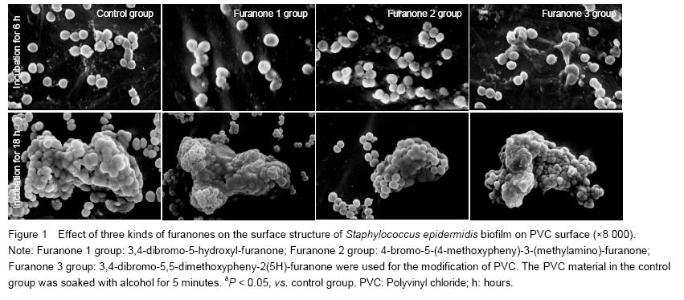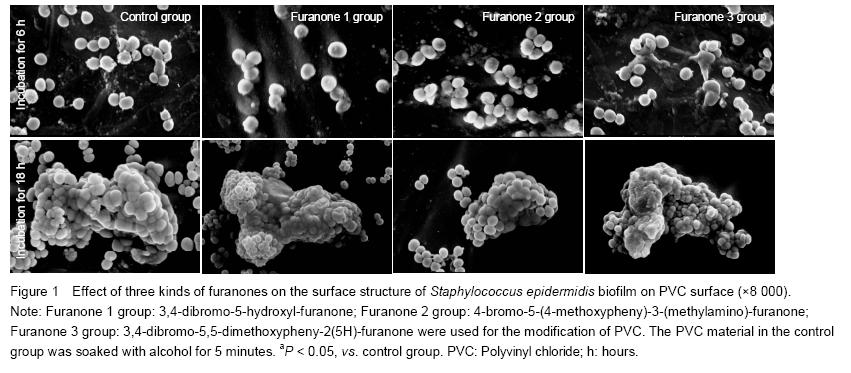[1] e LH, Huang YC, Li GF, et al. Biofilm structure of Staphylococcus epidermidis. Zhonghua Weishengwu Xue yu Mianyi Xue Zazhi. 2009;29(7):616-617.
[2] Zhao GQ, Ye LH, Huang YC, et al. In vitro model of bacterial biofilm formation on polyvinyl chloride biomaterial. Cell Biochem Biophys. 2011;61(2):371-376.
[3] Laverty G, Gorman SP, Gilmore BF. Biomolecular mechanisms of staphylococcal biofilm formation. Future Microbiol. 2013;8(4):509-524.
[4] Drescher K, Shen Y, Bassler BL, et al. Biofilm streamers cause catastrophic disruption of flow with consequences for environmental and medical systems. Proc Natl Acad Sci U S A. 2013;110(11):4345-4350.
[5] Quave CL, Plano LR, Bennett BC. Quorum sensing inhibitors of Staphylococcus aureus from Italian medicinal plants. Planta Med. 2011;77(2):188-195.
[6] Zhao L, Xue T, Shang F, et al. Staphylococcus aureus AI-2 quorum sensing associates with the KdpDE two-component system to regulate capsular polysaccharide synthesis and virulence. Infect Immun. 2010;78(8):3506-3515.
[7] Mishra SK, Basukala P, Basukala O, et al. Detection of biofilm production and antibiotic resistance pattern in clinical isolates from indwelling medical devices. Curr Microbiol. 2015;70(1):128-134.
[8] Rutherford ST, Bassler BL. Bacterial quorum sensing: its role in virulence and possibilities for its control. Cold Spring Harb Perspect Med. 2012;2(11).
[9] Lannes AC, Leal B, Novais JS, et al. Exploring N-acylhydrazone derivatives against clinical resistant bacterial strains. Curr Microbiol. 2014;69(3):357-364.
[10] Roux A, Todd DA, Velázquez JV, et al. CodY-mediated regulation of the Staphylococcus aureus Agr system integrates nutritional and population density signals. J Bacteriol. 2014;196(6):1184-1196.
[11] Lianhua Y, Yunchao H, Geng X, et al. Effect of brominated furanones on the formation of biofilm by Escherichia coli on polyvinyl chloride materials. Cell Biochem Biophys. 2013; 67(3):893-897.





